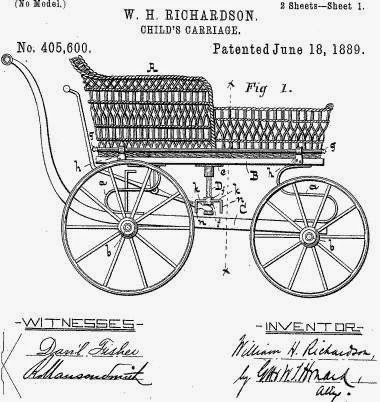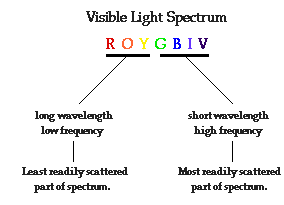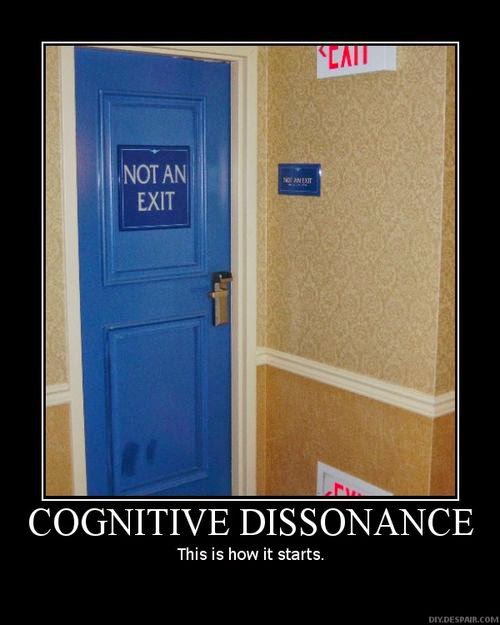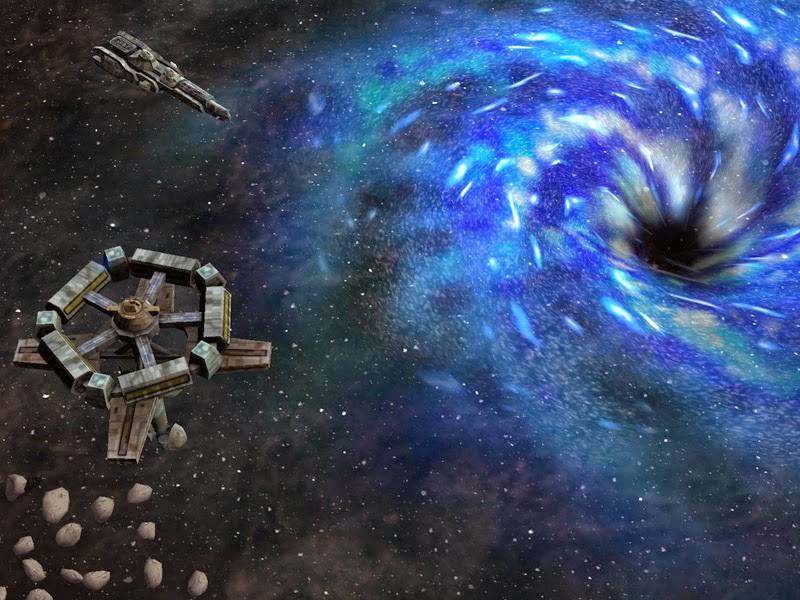 |
| Credit: The Telegraph - UK |
A ''super computer'' has duped humans into thinking it is a 13-year-old boy, becoming the first machine to pass the ''iconic'' Turing Test, experts say
Hannah Furness, and agencies
A ''super computer'' has duped humans into thinking it is a 13-year-old boy to become the first machine to pass the ''iconic'' Turing Test, experts have said.
Five machines were tested at the Royal Society in central London to see if they could fool people into thinking they were humans during text-based conversations.
The test was devised in 1950 by computer science pioneer and Second World War codebreaker Alan Turing, who said that if a machine was indistinguishable from a human, then it was ''thinking''.
No computer had ever previously passed the Turing Test, which requires 30 per cent of human interrogators to be duped during a series of five-minute keyboard conversations, organisers from the University of Reading said.
But ''Eugene Goostman'', a computer programme developed to simulate a 13-year-old boy, managed to convince 33 per cent of the judges that it was human, the university said. 1
“Eugene” and four other contenders participated in the Turing Test 2014 Competition at the Royal Society in London. Each chatterbox was required to engage in a series of five-minute text-based conversations with a panel of judges. A computer passes the test if it is mistaken for a human more than 30% of the time. Eugene convinced 33% of the judges it was human– the only machine in history to do so.
The competition was held on the 60th anniversary of the death of Alan Turing, the great British mathematician, logician, cryptanalyst , computer scientist and philosopher. During World War II, Turing worked for the Government Code and Cypher School (GC&CS) at Bletchley Park, Britain’s code breaking center. He led Hut 8, the section responsible for German naval cryptanalysis. He devised a number of techniques for breaking German ciphers, and improved the pre-war Polish bombe method, an electromechanical machine that could find settings for the Enigma machine.
The great Alan Turing was highly influential in the development of computer science, providing a formalization of the concepts of “algorithm” and “computation”. Turing is widely considered the “father” of theoretical computer science and artificial intelligence.
The shameful British government prosecuted Turing for being gay, showing no respect for a man whose contributions to Britain and the world were enormous. He accepted treatment with estrogen injections (chemical castration) as an alternative to prison, and later committed suicide. 2
 |
| Credit: ApplySci blog |
"Mathematics, rightly viewed, possesses not only truth, but supreme beauty - a beauty cold and austere, like that of sculpture." Bertrand Russell
1. The Telegraph: Computer passes 'Turing Test' for the first time after convincing users it is human, Hannah Furness, and agencies
2. ApplySci Blog: CHATBOT PASSES TURING TEST, Lisa Weiner


























